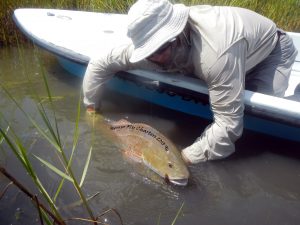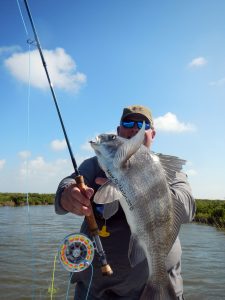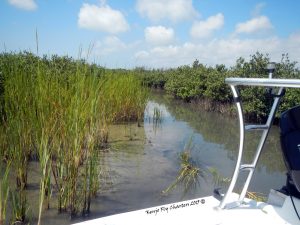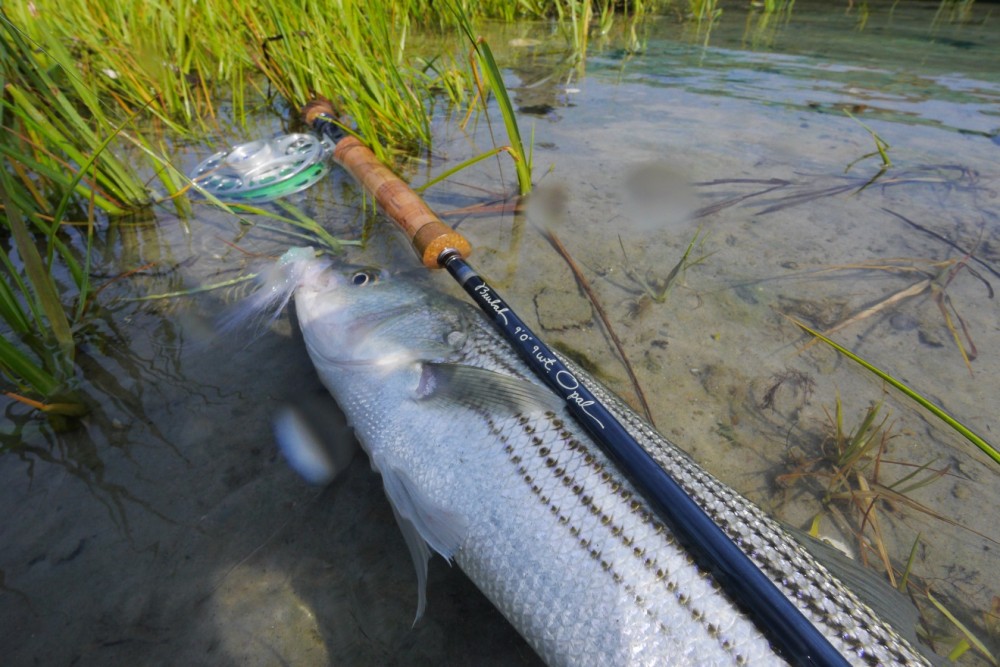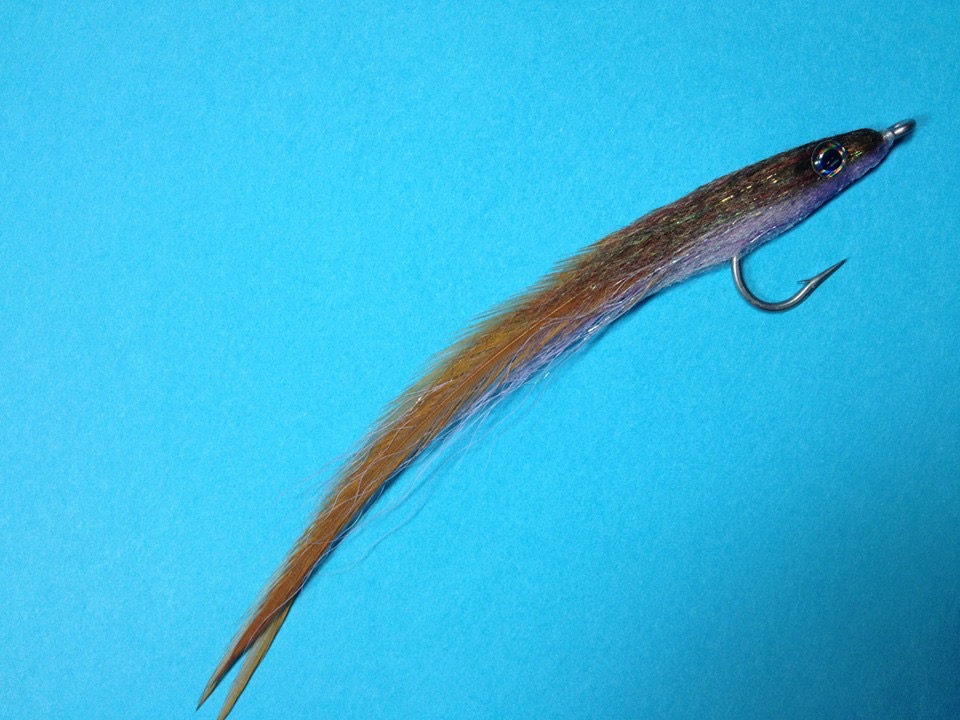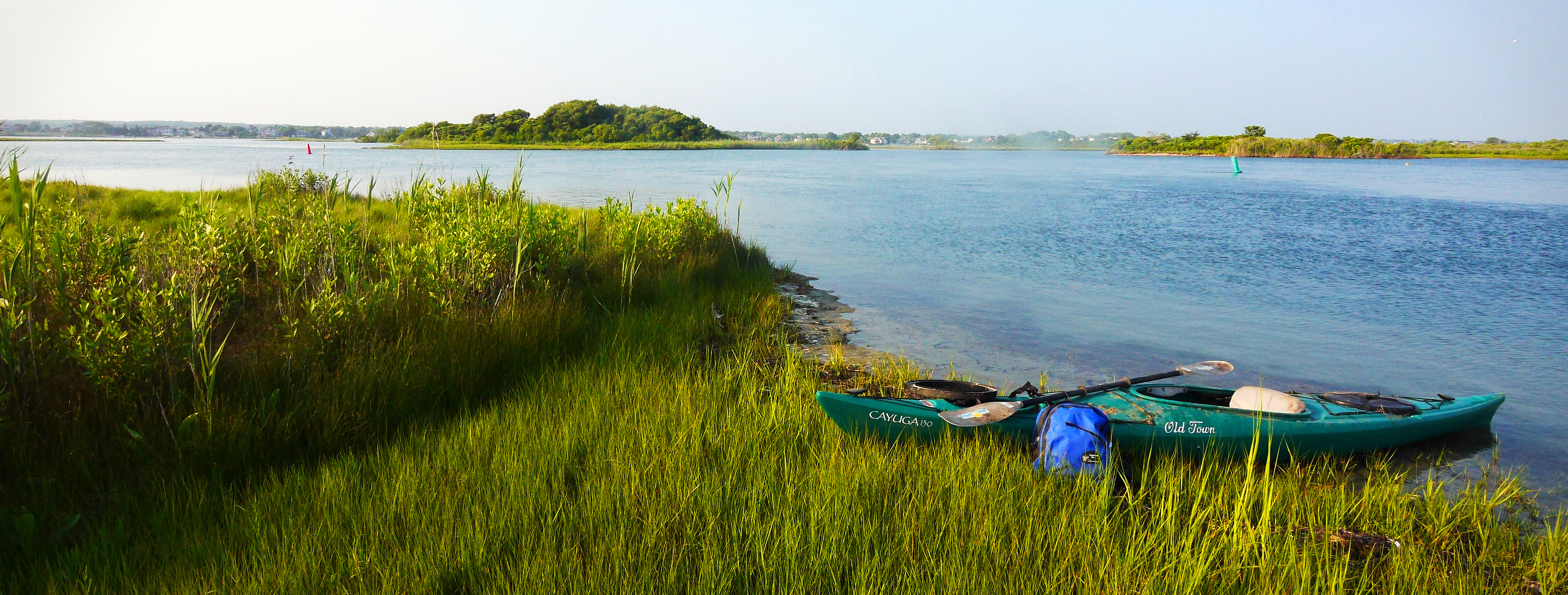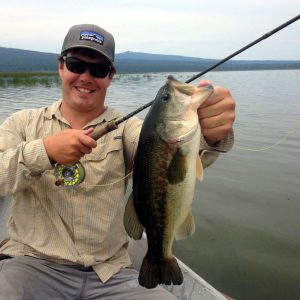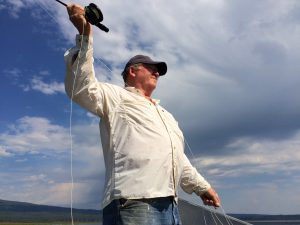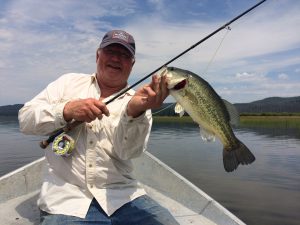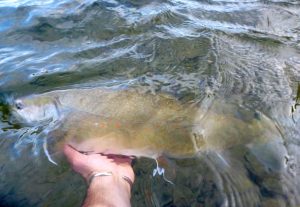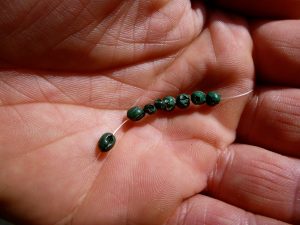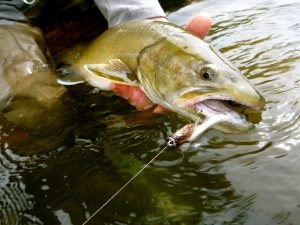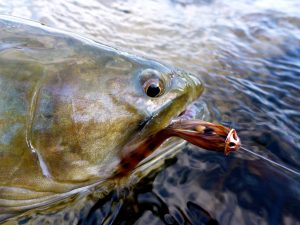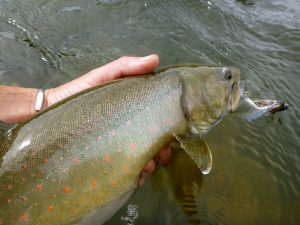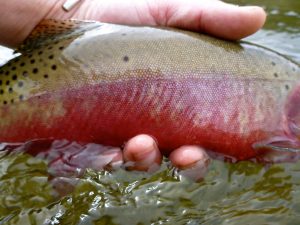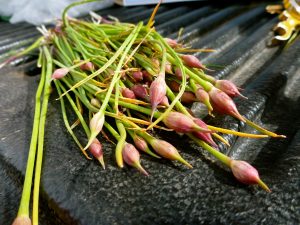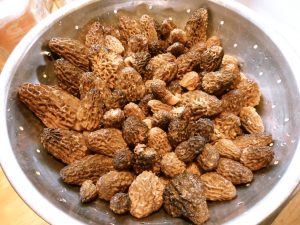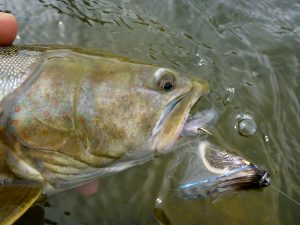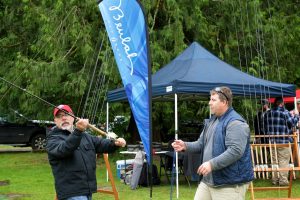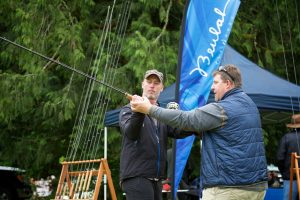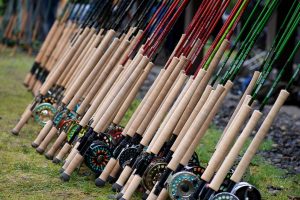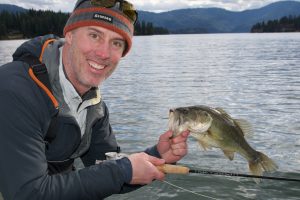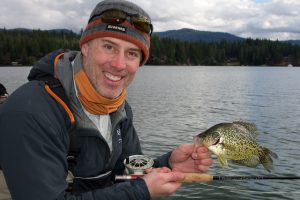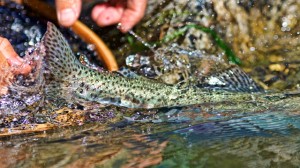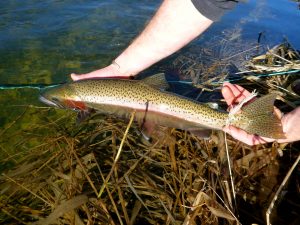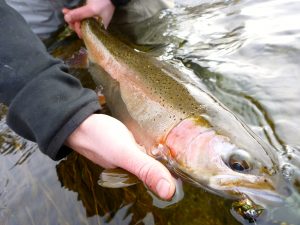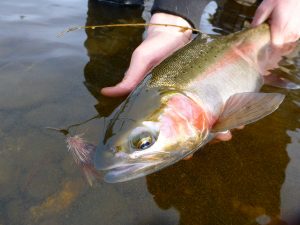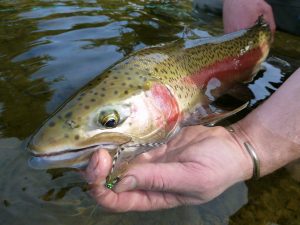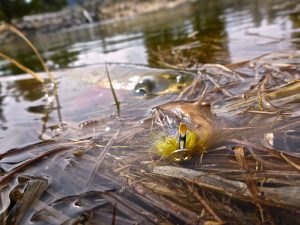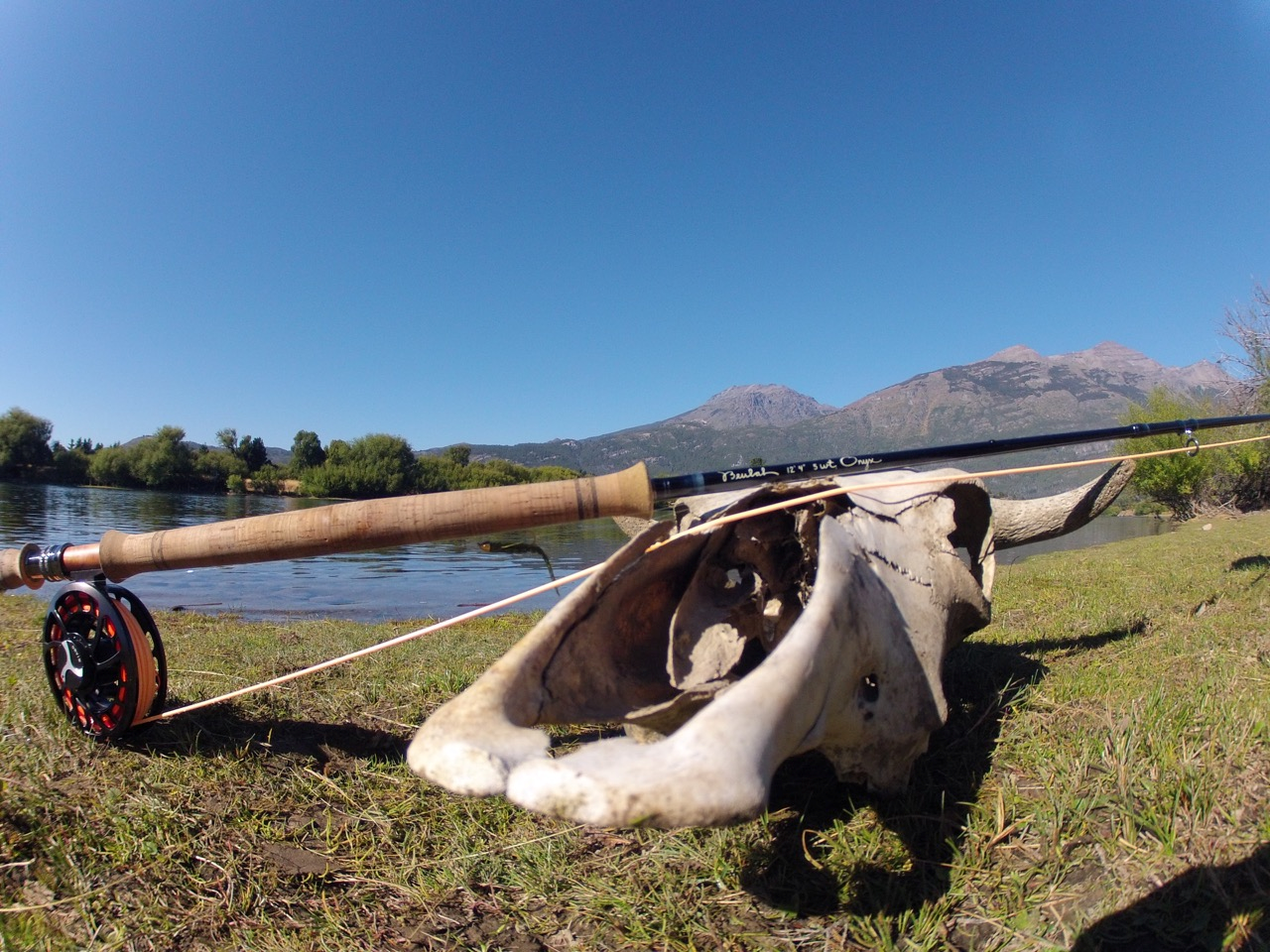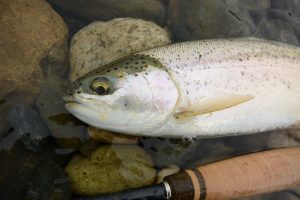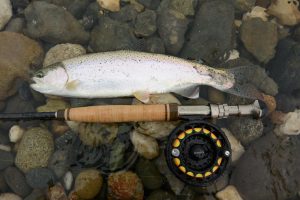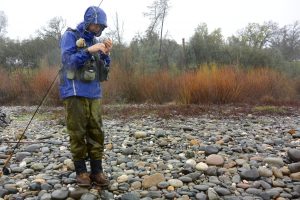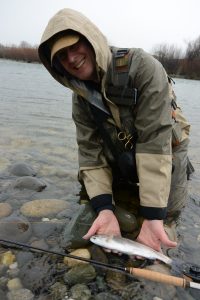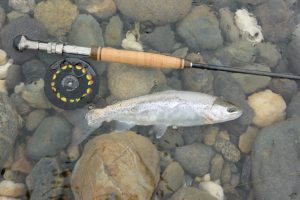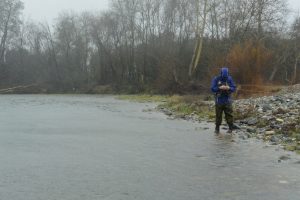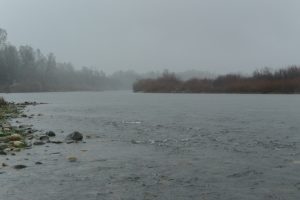Port Aransas has a good bull redfish run but most notably in the deep channels, inlets and passes. Nonetheless, they do come up onto the flats at certain times (like NOW)! Sight casting opportunities have really kicked up lately thanks to a lack of clouds and the winds are more favorable in the morning making it possible to hunt for these bigger redfish.
Super stealth is key and having a boat that can take you way way back in the back is a must! It takes a bit of work polling into places like this but it is worth every ounce of the energy and time it takes to get in and out. Equipped with Beulah’s Opal Fly Rod (newest saltwater line up), it delivers the fly well to these fish even in tight quarters. And if you need to take a long shot at a trailer the oversize snake guides really let the line shoot cleanly. Its got power to put some extra pressure on a bruiser too and this rod really knows how to get the job done.
With a bit of care one can even manage to take multiple shots at fish and with proper presentation these fish are eating! Along with those hefty redfish in the super skinny water are also good numbers of schooled up black drum. They aren’t puppies and put up a good fight too.
I’ve got dates open in August and September has some dates open also. October is mostly booked but I do still have a few dates open at that time too. Give me a call and lets go fishing! Capt Kenjo 361-500-2552
